Method Briefs
The staff at Olson Engineering utilize a variety of NDE and Geophysical test methods as a means to provide answers to client questions and concerns. In this section, we supply method briefs that detail the technical methods most often employed by our team.
Structural, Pavement, and Tunnel

Impact Echo
This paper discusses how Sonic Pulse Velocity (SPV) analysis was used to assess the condition of a concrete arch dam in western North Carolina.
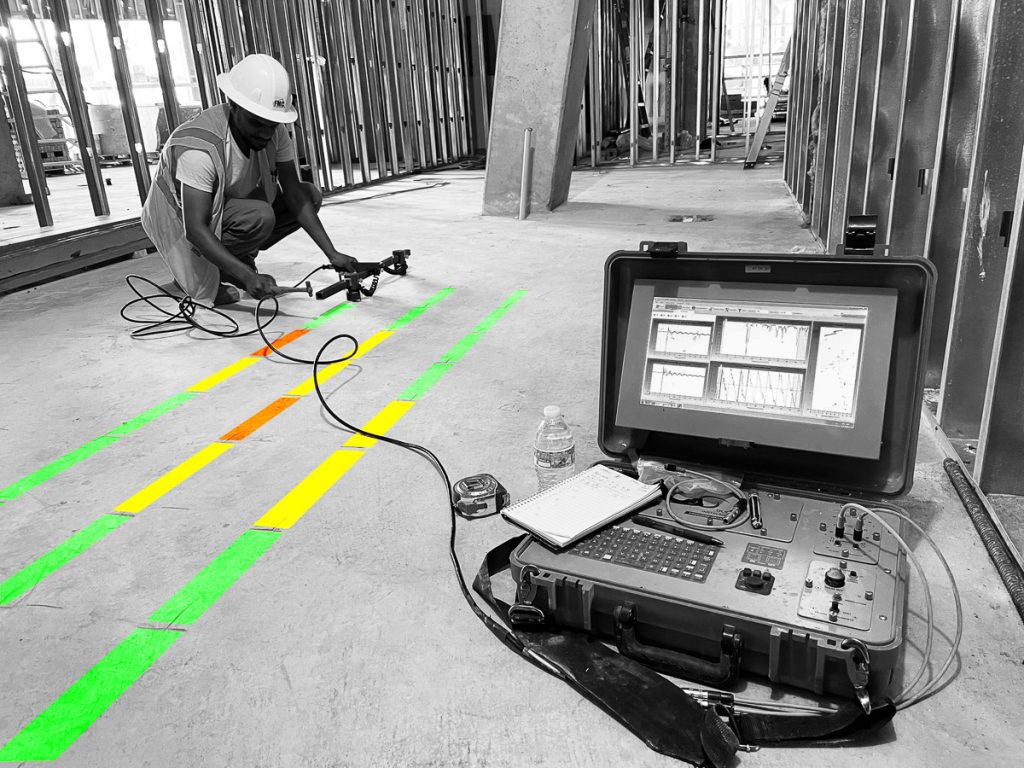
Spectral Analysis of Surface Waves
The Spectral Analysis of Surface Waves (SASW) test method is used primarily to assess crack depths, material stiffness, material condition, and layer thickness.

Ultrasonic Pulse
Velocity
Ultrasonic Pulse Velocity (UPV) tests are performed to assess the condition of structural members with two-sided access such as elevated slabs, beams, and columns.
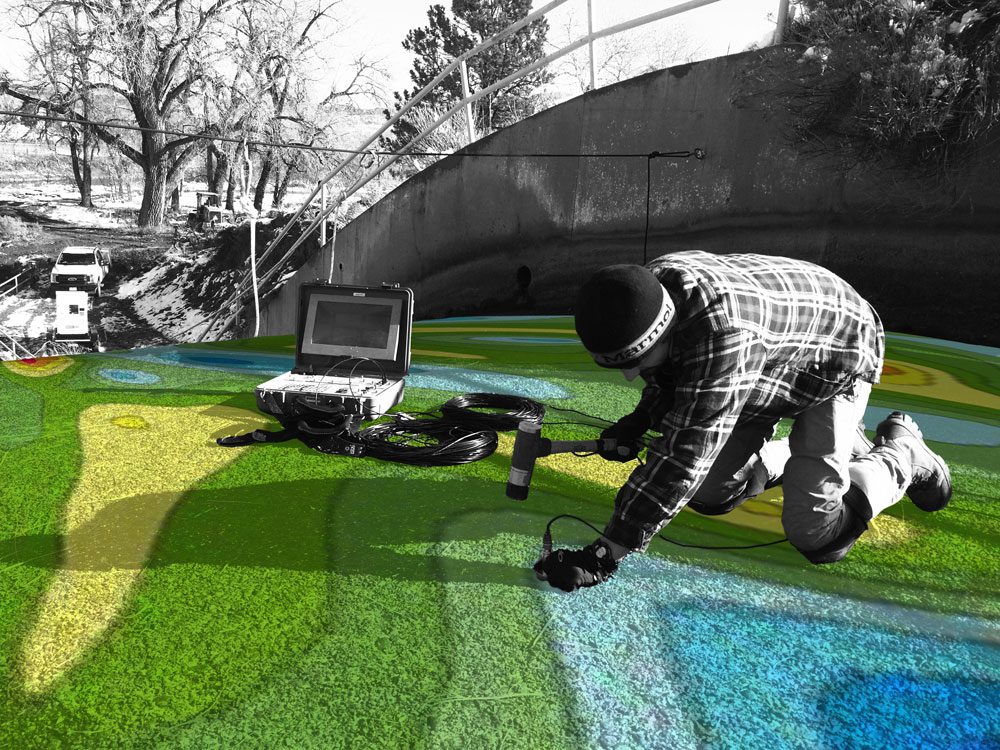
Slab Impulse Response
Slab Impulse Response (SIR) investigations are performed primarily to identify and map out subgrade voids below slabs-on-grade, but can also be used to evaluate the repair of slab subgrade support conditions by comparing the conditions before and after repairs.

Ground Penetrating Radar
The Ground Penetrating Radar (GPR) method is primarily applied to locate and measure the depth of steel reinforcement, post-tensioning and prestress tendons or ducts, and embedded metallic or plastic conduits in concrete slabs, walls, or structural members.
Foundation Depth & Integrity
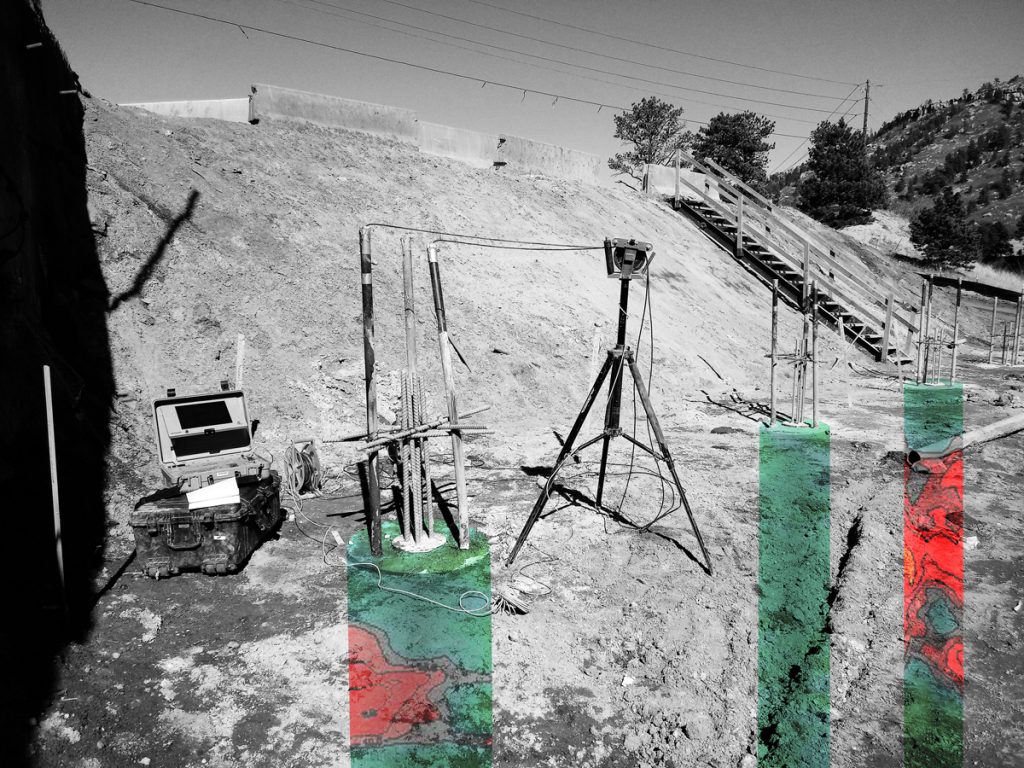
Crosshole Sonic Logging
Crosshole Sonic Logging (CSL) tests are used to test the integrity of newly placed drilled shafts, seal footings, and slurry or diaphragm walls.
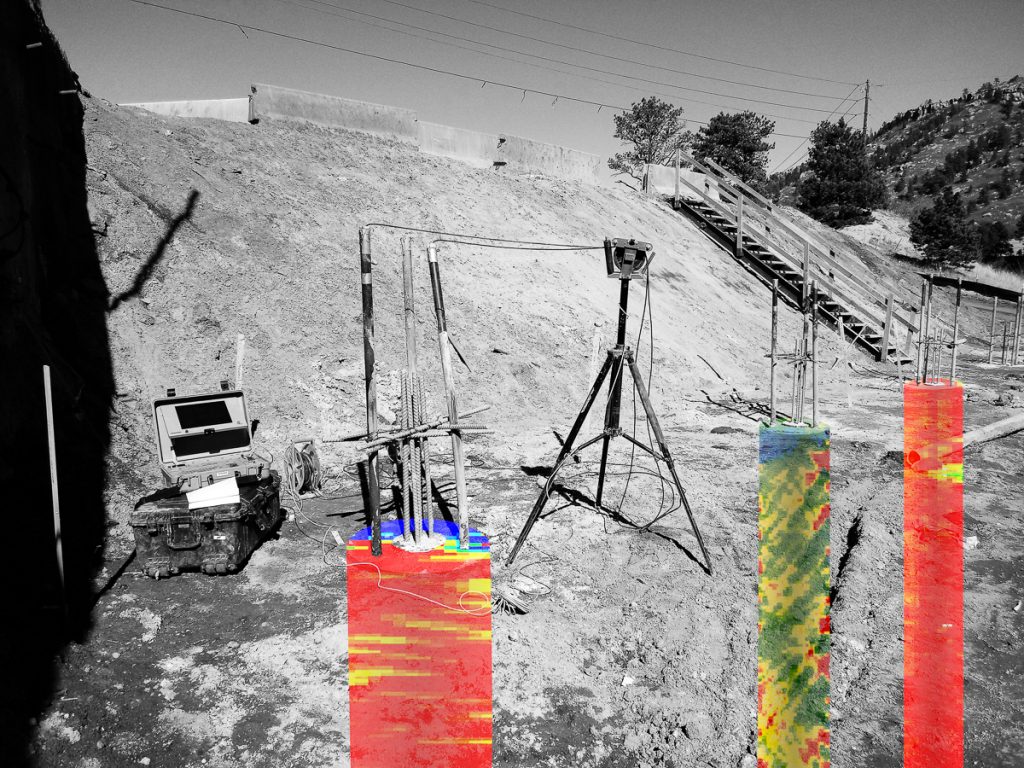
Crosshole Tomography
Crosshole Tomography (CT) testing is used to accurately characterize the size, location and severity of defects commonly found within newly placed drilled shafts, seal footings, and slurry or diaphragm walls.

Parallel Seismic
The Parallel Seismic (PS) method is used to determine the lengths of deep foundations when foundation tops are not accessible, or when the piles are too long and slender for other test methods.
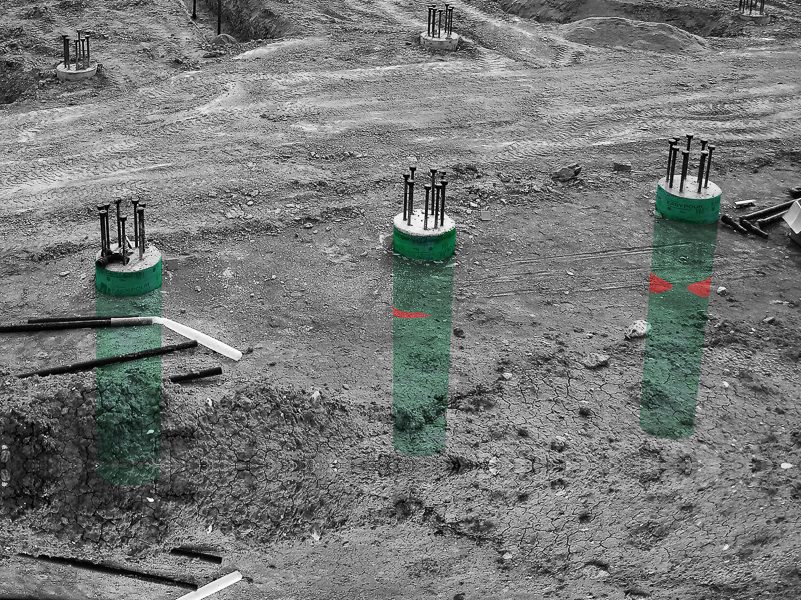
Sonic Echo / Impulse Response
Sonic Echo/Impulse Response (SE/IR), also called Low Strain Integrity (LSI), Pile Integrity Testing (PIT), etc., are performed to evaluate the integrity and determine the length of deep foundations.
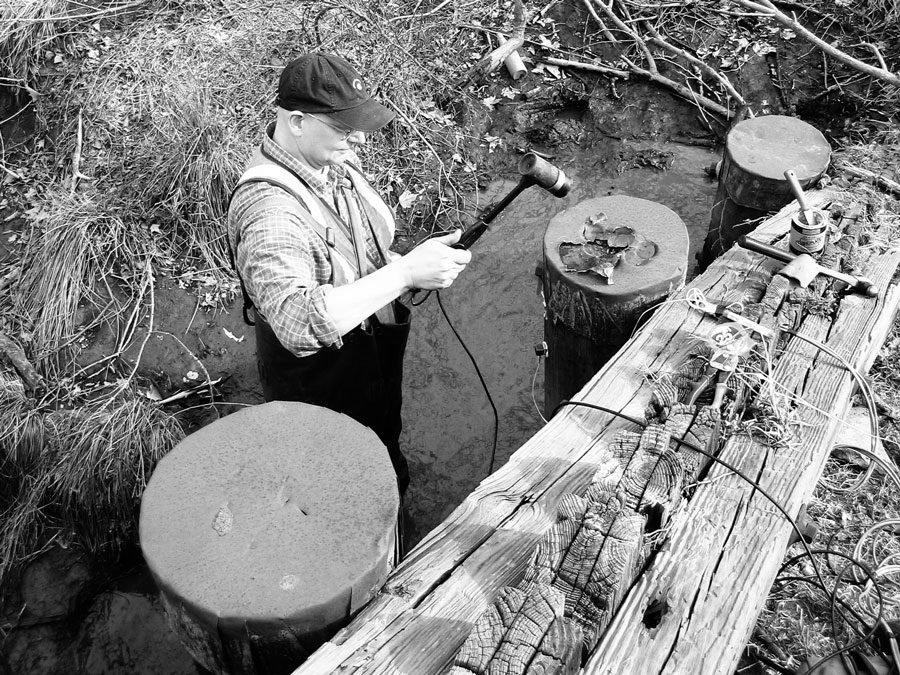
Ultraseismic
Ultraseismic (US) investigations are performed to evaluate the integrity and determine the length of shallow and deep foundations; the method can be performed on drilled shafts and driven or auger-cast piles.
Geophysical
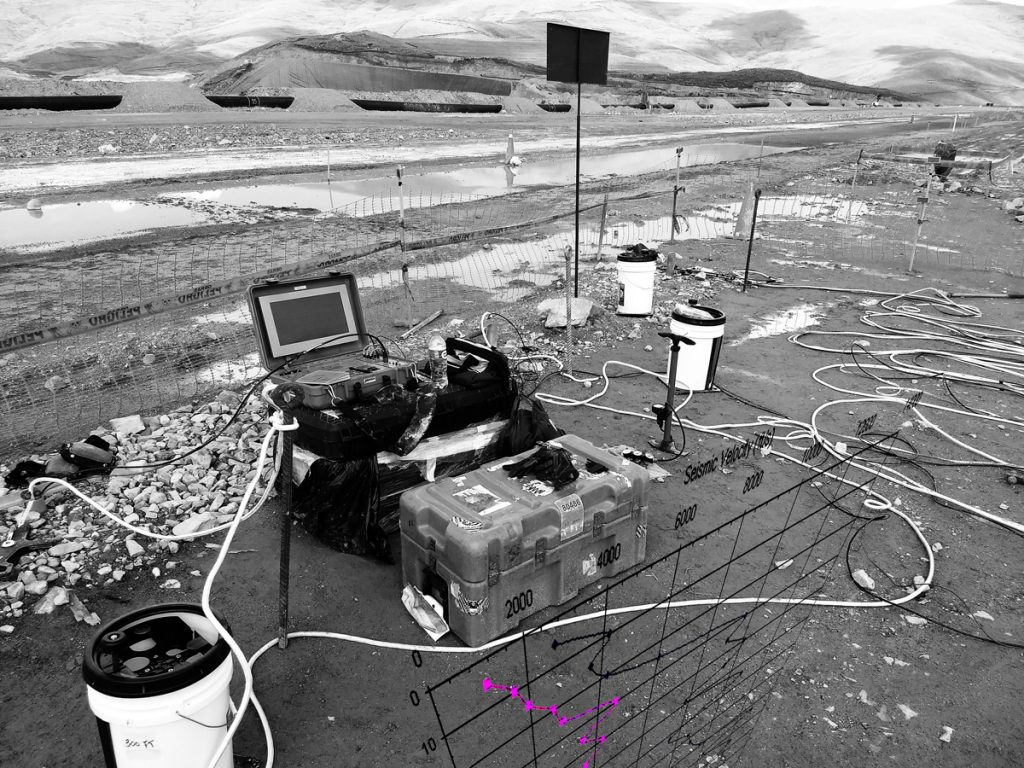
Crosshole Seismic / Downhole Seismic
Crosshole Seismic (CS) investigations are performed to provide information on dynamic soil and rock properties. Downhole Seismic (DS) investigations require only one borehole to provide shear and compressional velocity wave profiles.

